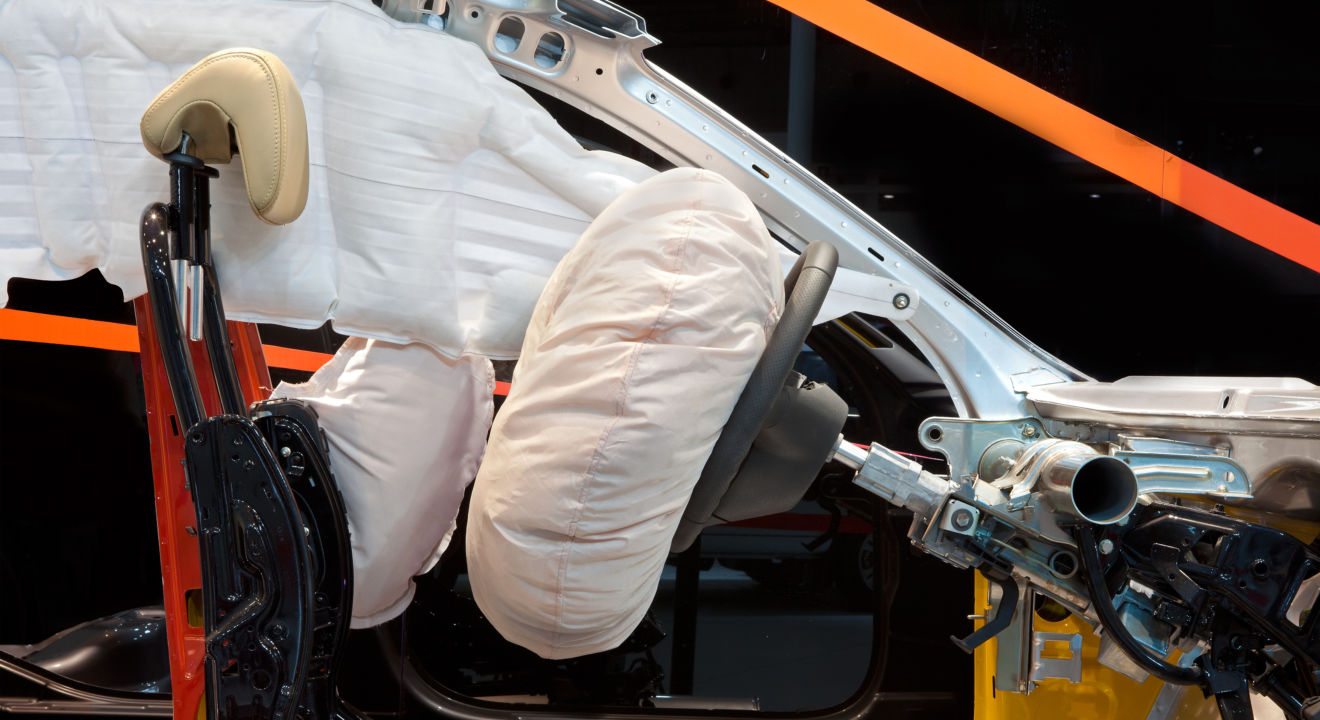Culture November 23, 2016


We’ve long been told that airbags are necessary – granted, you might need a good nose job after one deploys, but that’s nothing compared to the lifesaving potential, right? In fact, the National Highway Traffic Safety Administration reports that from 1975 to 2001, airbags saved 8,369 lives.
However, a study conducted by the University of Georgia places some doubt on the necessity of airbags.
UGA statistics professor Mary C. Meyer explains that an analysis of prevailing data shows that, all other factors considered, airbags are actually linked with a slightly increased chance of death in accidents.
READ MORE: Safety Apps You Should Download Today
“NHTSA (National Highway Traffic and Safety Administration) recorded 238 deaths due to airbags between 1990 and 2002, according to information about these deaths on their Web site,” said Meyer. “They all occurred at very low speeds, with injuries that could not have been caused by anything else.”
So while it’s true that airbags save lives, research has found that this is often the case for high speed crashes. But for low speed (20 miles per hour or below) crashes, airbags increase the chance of sustaining serious injury, such as abrasion or burns to the face, chest or upper body.
This can happen because airbags inflate rapidly (typically faster than 160 miles per hour) and then immediately deflate. Its purpose is to cushion the driver (or passenger) and reduce the level of contact with the steering wheel or dashboard. However, the quick inflation may be a cause of roadway fatalities.
READ MORE: What You Need to Know About SafeHer, the Female Ride-Sharing Initiative
This is especially more concerning for smaller and lighter drivers or pregnant women. Because airbags are designed to operate with drivers and passengers in the “optimum position,” being too far or close to the bag can cause injury. Essentially, nothing is supposed to impede the deployment of the airbag. If an arm, for example, gets in the way, the force from the airbag is likely to break a limb. Similarly, pregnant women are at risk because it could cause harm to the unborn child, bruising or miscarriage, says the Royal Society for the Prevention of Accidents (RoSPA).
But while this study puts the value of airbags in question, the analysis also found that “proper use of a seat belt reduces the odds of death by 67 percent for any given speed category and airbag availability.” So to be safe, you should adjust your seat belt at least 10 inches from the area where the airbag deploys. Pregnant women in later trimesters should avoid driving if possible, and children 12 and under shouldn’t be riding shotgun.
The use of a seat belt is undeniably important in protecting a passenger should an accident occur. So err on the side of caution and remember to always wear a seat belt, no matter what. Don’t just rely on your airbag to do all the work for you.
READ MORE: 5 Female-Driven Businesses That Are Changing the Auto Scene